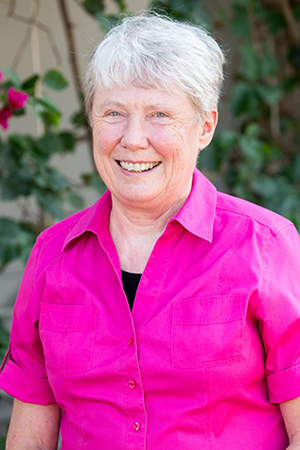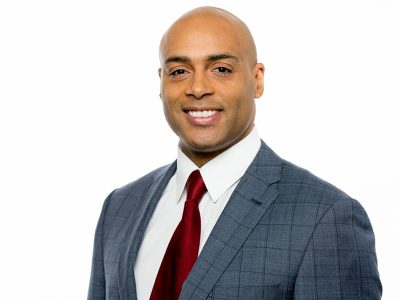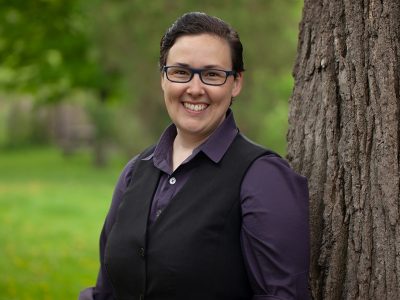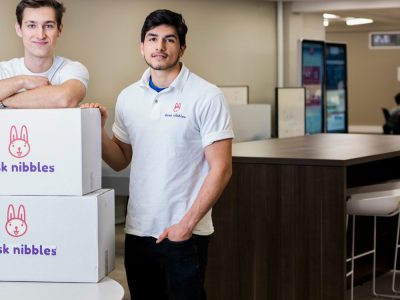By Elizabeth Howell
Increasing diversity among genders, races and other metrics is very possible in post-secondary education, as long as everyone involved is committed to constant discussion about how to decrease barriers, according to Harvey Mudd College President Maria Klawe.
Klawe spoke online Nov. 18, 2020 for Carleton University’s annual Gerhard Herzberg Lecture, which emphasizes the relationship between science and society and seeks to address an aspect of science which has a pronounced impact on our daily lives. Similar to Harvey Mudd, Carleton’s new Strategic Integrated Plan includes a renewed commitment to equity, diversity and inclusion.
“The reason I care is I’m 69 years old,” Klawe told the audience on Zoom, “and when I grew up, I had a love of mathematics at a time when everyone said girls weren’t good at math. That really annoyed me. I spent much of my career trying to make it clear that anyone—independent of gender, religion, race, background or any of these things—can be good at pretty much everything.”
California-based Harvey Mudd, a science and engineering liberal arts college with about 900 students and 100 faculty, has seen a lot of progress in the past few years. For example, the student body is now about 50 per cent female, compared with 32 per cent in 2006. The non-Caucasian population stands at 69 per cent today, compared with 46 per cent in 2012. Changes in the computer science department are even more dramatic, Klawe noted.

Harvey Mudd College President Maria Klawe
Creating a more welcoming environment came with a lot of adjustment for students and faculty alike, Klawe said. Everyone had to examine their biases, unconscious and conscious—such as allowing certain students to dominate a classroom discussion and faculty learned to redirect individual student enthusiasm into office hour chats. There were worries among some faculty that emphasizing diversity would diminish the quality of education —a fear that ended up being unfounded, Klawe said.
Some particularly “painful” months came in 2017 amid student protests, she said. A report about student workload and faculty opinion of students was leaked to the campus student newspaper, The Student Life. At the time, the report seemed to indicate an excessive student workload, although the findings were not fully completed before the story appeared, Klawe said.
Other worries of the era were the deaths of two Harvey Mudd students in separate, unrelated incidents, and a third death—this one a suicide—at a nearby campus. Klawe made sure to include time and space for the community to recover and help each other.
“There were difficult conversations . . . on what people’s experiences were, and it moved the whole college forward,” Klawe said.
The college has made many changes to recruit diverse faculty and students. For example, on the faculty recruiting side, committees are now trained in appropriate diversity and inclusion metrics to avoid various committee members “hiring people like themselves,” Klawe said.
For students, the admission materials have pivoted to include more diverse groups, the class focuses have changed to accommodate different perspectives (such as emphasizing discussion along with technical knowledge), and Harvey Mudd also uses tools such as internships and conferences to allow students to meet people who are similar to their own backgrounds, such as women or people of colour.
Klawe emphasized that change does not happen in a hurry because “we live in a society that has stereotypes, and we all grew up in it.” She said that inclusivity requires constant effort and vigilance, as well as discussions with people from different backgrounds to best hone the work as time goes on.
“I think the long-term solution is we need to work on this for a long time, because it takes a long time to figure this stuff out.”

Tuesday, November 24, 2020 in Equity Services, Events, Faculty of Science
Share: Twitter, Facebook



